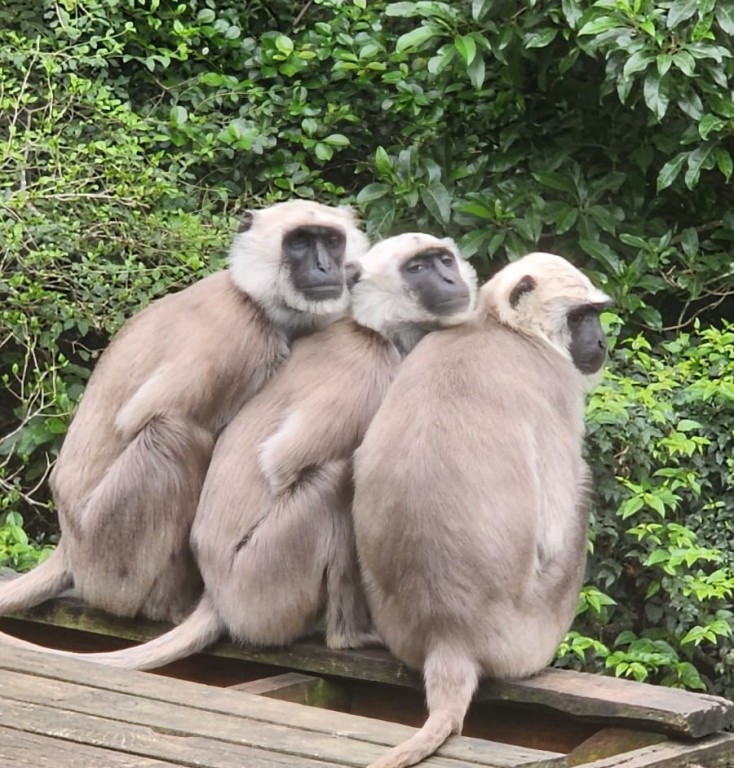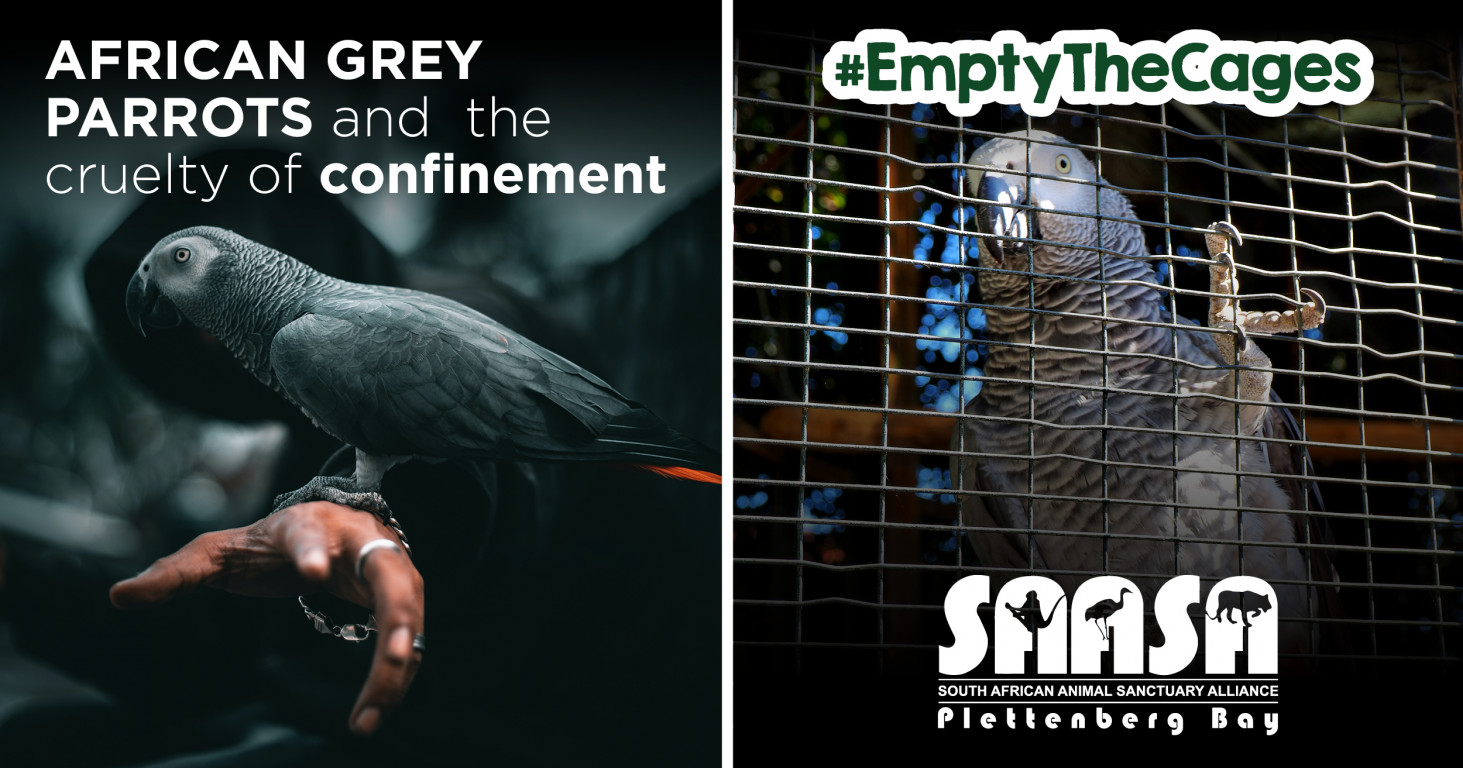More on deterring visiting baboons
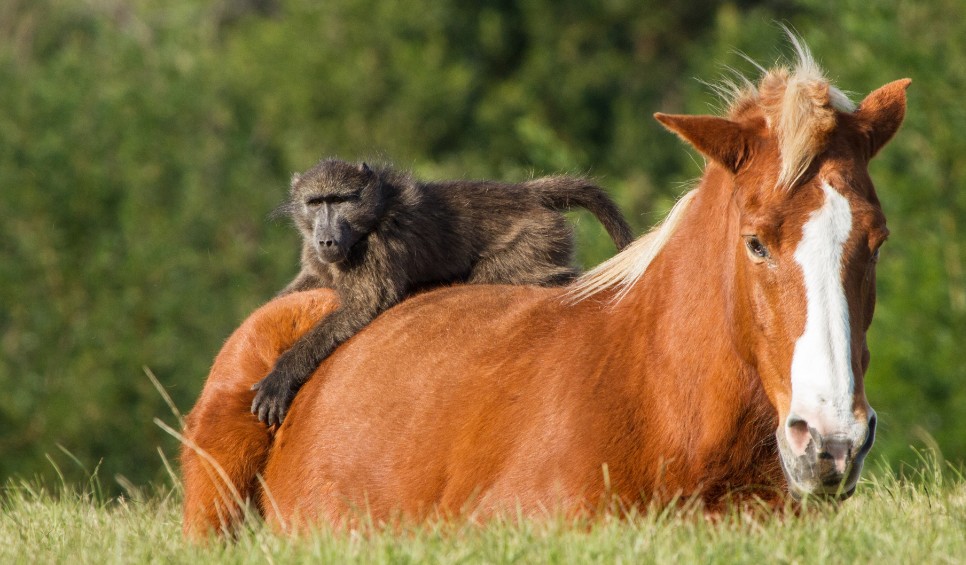
WHEN BABOONS ARE RAIDING YOUR HOME: The first question to ask yourself when you feel that your wild neighbors are crossing boundaries, entering your property or home and taking what you feel should belong to you, is “what is attracting these baboons here?” Once you have discovered whether it is an exotic fruit tree, your compost heap, black garbage bag or the fruit bowl left on your kitchen table, you then have the choice to remove the attraction. The answer to avoid having your property raided by baboons is really as simple as that. The choice only becomes complicated when residents feel that practicing tolerance and erecting baboon proof deterrents is an inconvenience. However, those of us who do this are offered the privilege of living with these wild primates in a harmonious way.
Hear no evil, see no evil, speak no evil
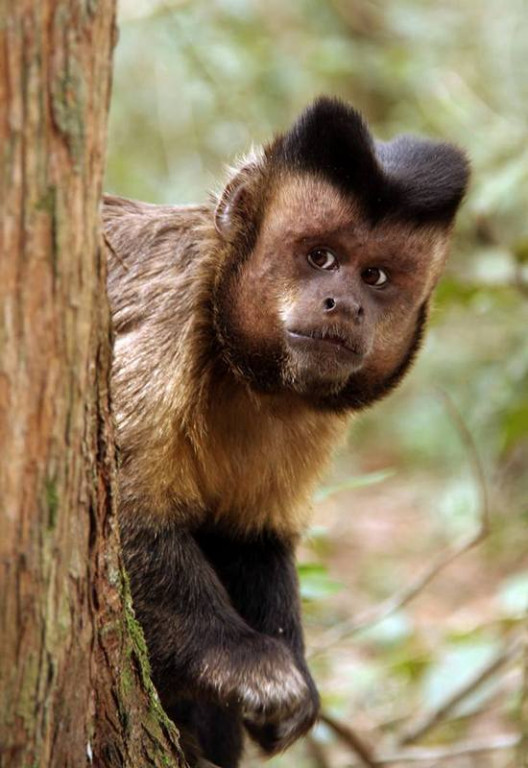
Mizaru, Kikazaru, Iwazaru are three names not many people know. But add 3 monkeys and various hand signals concerning the face and everyone remembers with shame the holiday photos’ poses.
Mizaru covers his eyes, and sees no evil, Kikazaru covers his ears, and hears no evil while Iwazaru covers his mouths and utters not a word of evil.Together, these three monkeys embodies the proverbial principle of “see no evil, hear no evil, speak no evil”
The source that popularized these three is a 17th century carving over a door of the famous Tosho-gu shrine in Nikko, Japan. But the philosophy however, propably came to Japan with a Tendai Buddhist legend, from China in the 8th century.
SKAL Garden Route member in Miami to receive international award

Skål Garden Route is delighted to announce that the South African Animal Sanctuary Alliance (SAASA), owners of Monkeyland in The Crags, 2 more sanctuaries in Plet (The Crags) & 1 in Balito, KZN is the winner of the 2019 Sustainable Tourism Award in the category Major Tourist Attractions. Lara Mostert was in Miami to collect the award on behalf of SAASA.ational invited entries for the 2019 Sustainable Tourism Awards. A total of 56 entries from 25 countries from all over the world have this year competed.
Tiny 4.2 million-year-old monkey discovery casts new light on evolution
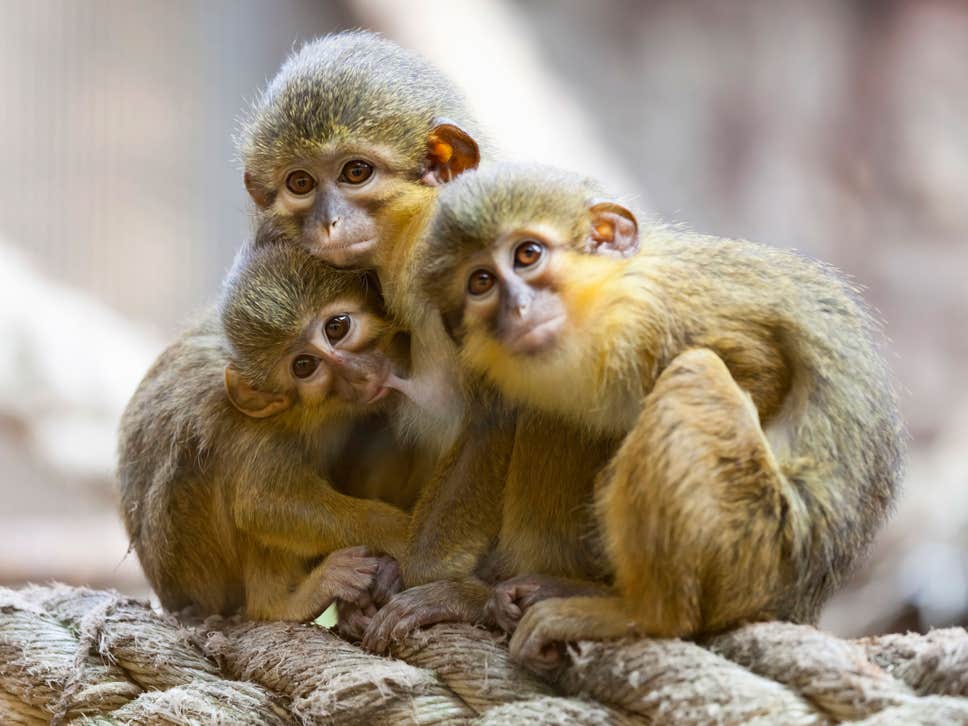
Nanopithecus browni weighed just one kilogram and was the size of a pineapple.
The discovery of a tiny monkey which weighed no more than a pineapple may change scientists’ understanding of how primates evolved. Researchers working in Kenya have found a 4.2 million-year-old fossil of a miniature monkey which only weighed one kilogram. The newly discovered species, Nanopithecus browni, is the same size as the world’s smallest Old World monkey, the talapoin.
What Nut-Eating Gorillas in Gabon Mean for Human Evolution
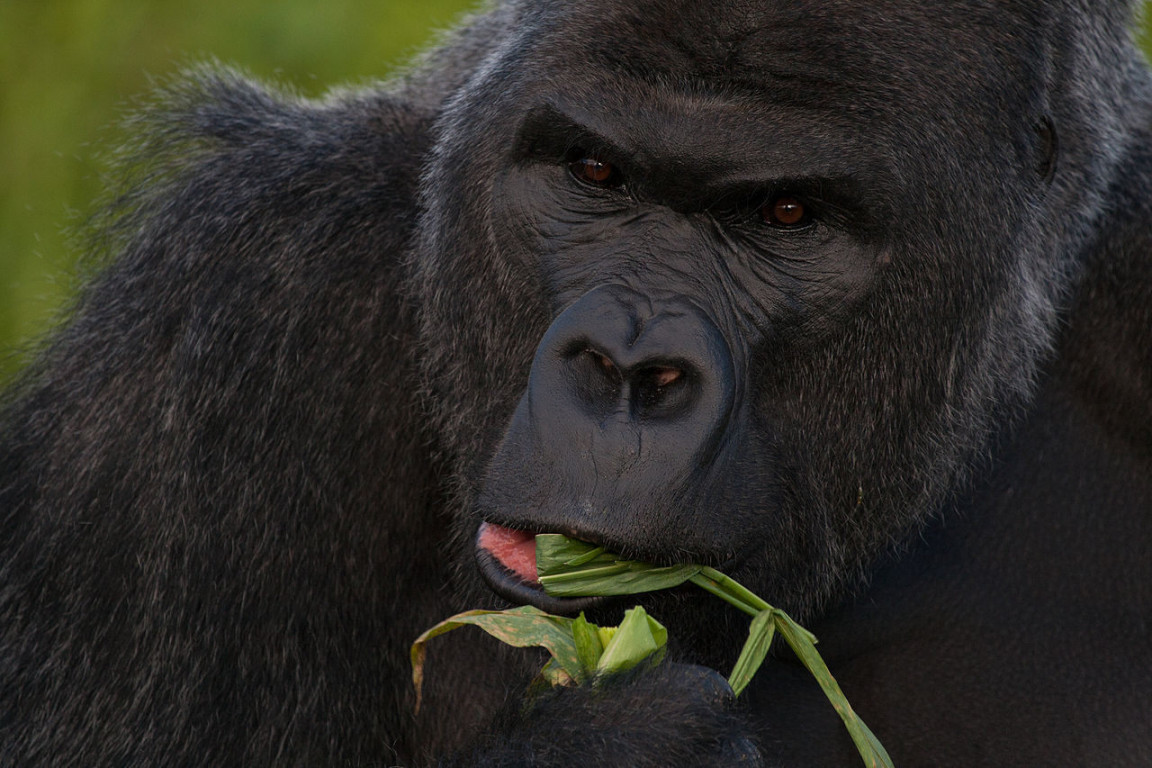
Researchers spent 6,000 hours documenting their diet. In Loango National Forest of Gabon, a group of western lowland gorillas sit down to dine. The gorilla diet is not exactly eclectic. It is mostly leaves, but this group does indulge in a fair bit of fruit.
A heaven for Monkeys
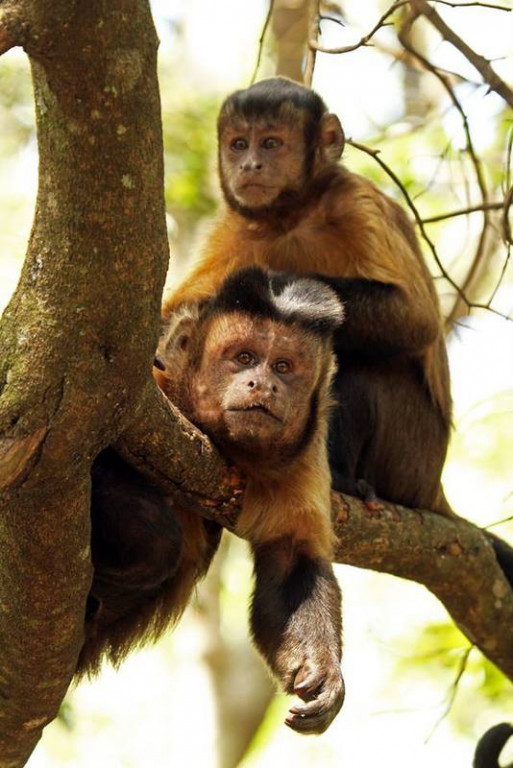
TEXT AND PICTURES DALE R MORRIS
Monkeyland, near Plettenberg Bay, is a 12-hectare slice of forest that literally teams with happy smiling monkeys.




.jpeg)
